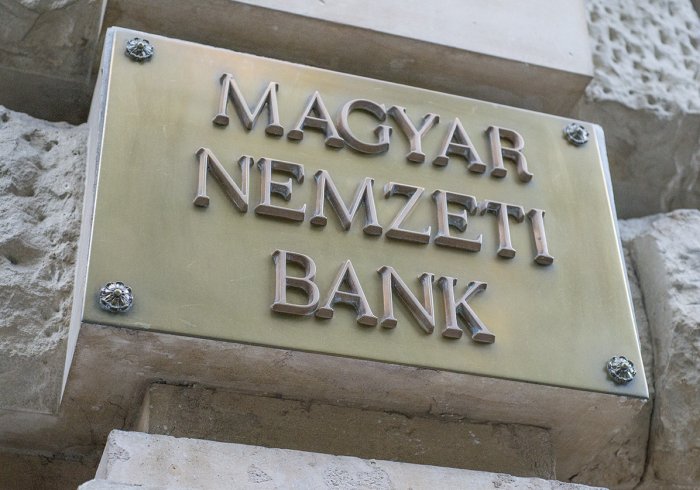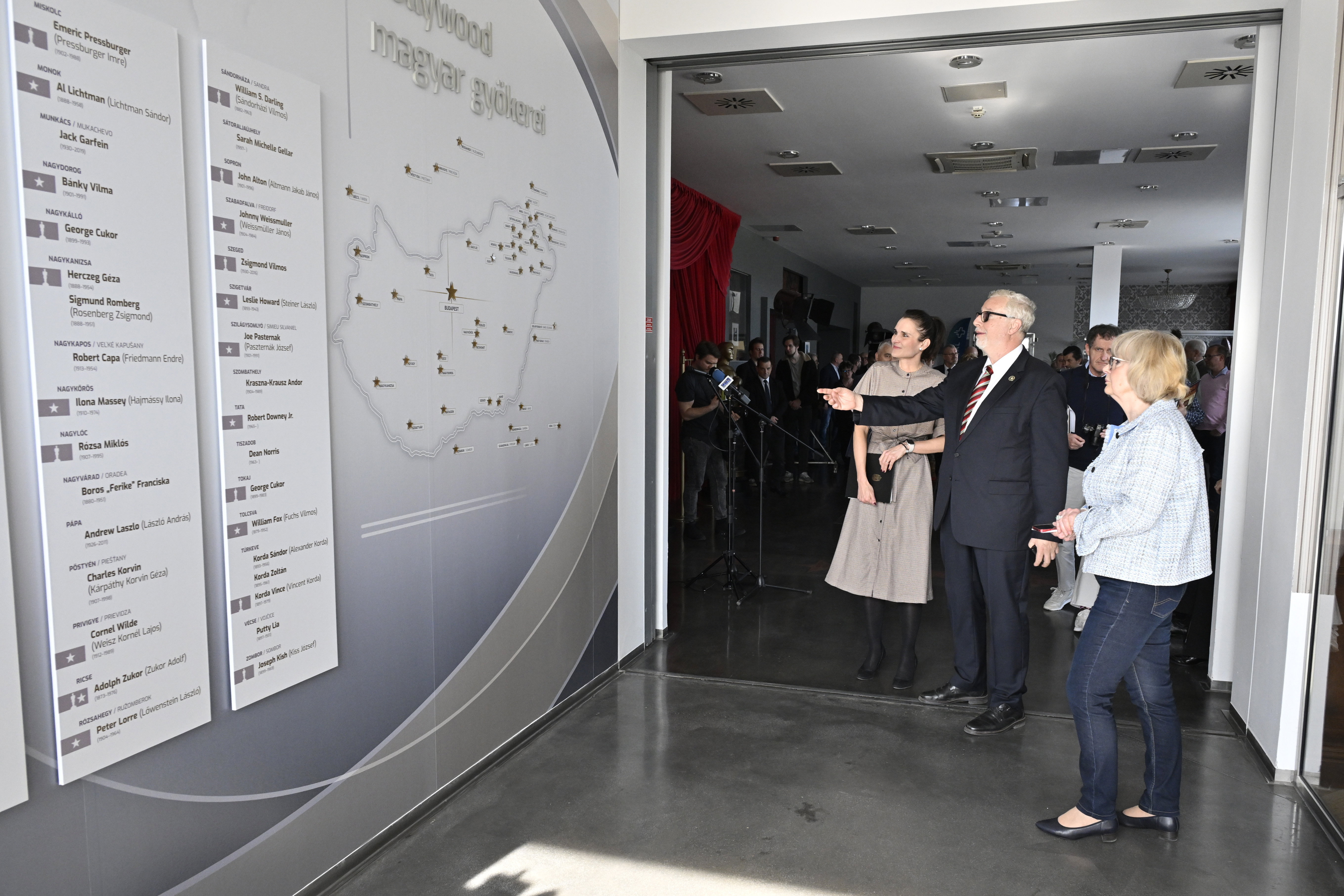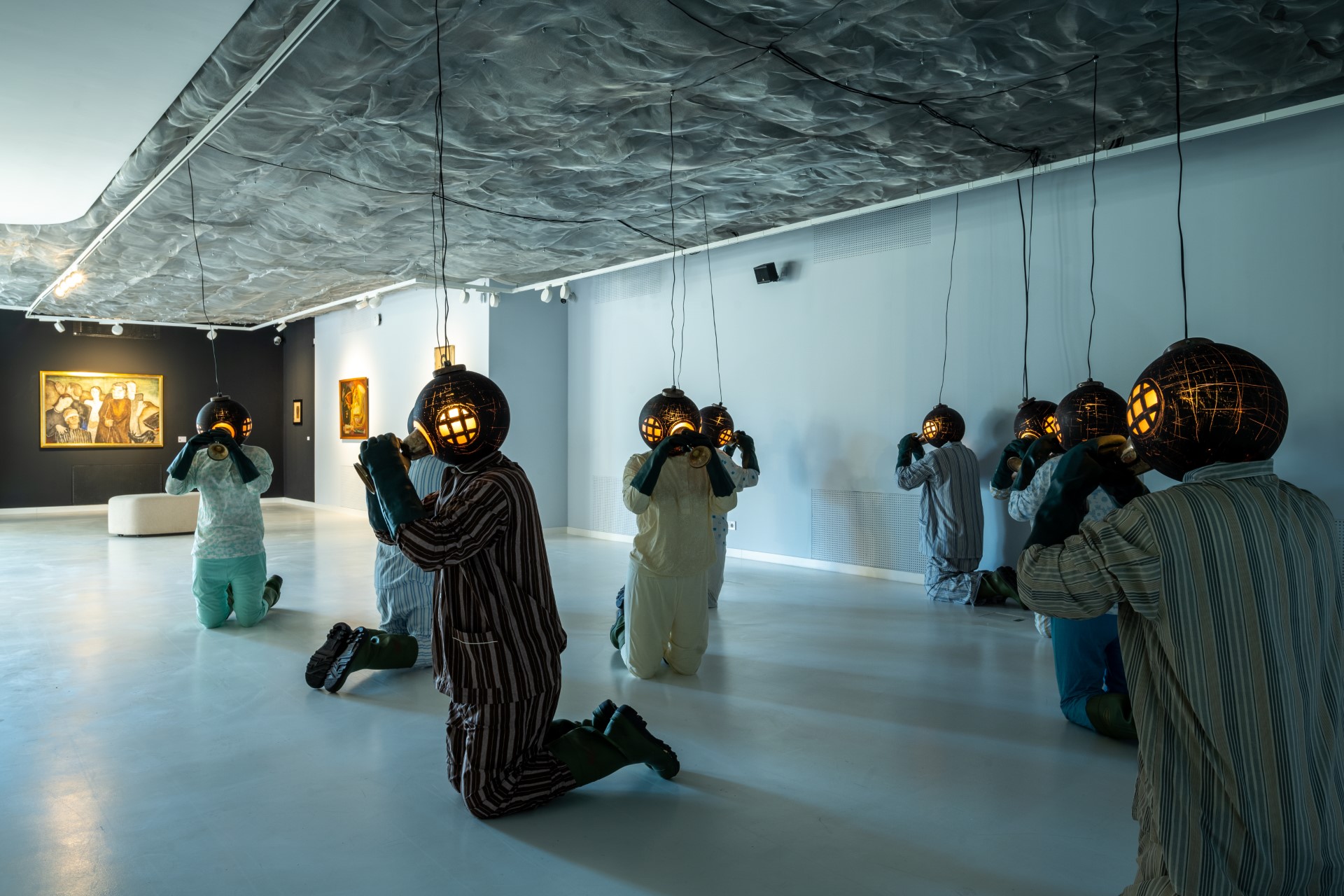Hungarian Computer Art Pioneer Vera Molnár Honored at Müpa

Vera Molnár, Juxtaposed by 25.
Hungarian-born artist Vera Molnár, a pioneer of computer and algorithmic visual art, passed away in December 2023 aged 99. She is being honored with an exhibition at the Ludwig Museum inside Müpa Budapest near the Ráckóczi bridge on the Pest side of the Danube. I’ve said this before, but one of the great delights of Hungary for anyone interested in the arts is discovering artists you’ve never heard of before. Molnár, for me, was one such.
Born in Hungary in 1924, Molnár was an artistic child precociously predisposed to systematic art. When her family holidayed at Lake Balaton, she would draw the sunset every night, always with a randomly selected, different colored pencil. Aged 16, according to an account she gave to an interviewer, Molnár told her mother, “I don’t want to play piano, I want to paint. I don’t want to go to church. I don’t want to wear glasses. And finally [….] I want to make my life in France.”
After graduating from the Budapest Academy of Fine Arts in 1947, Molnár met and began collaborating with scientist Ferenc Molnár, who became her husband. She moved to Paris in 1948, finding the city inspirational from the moment she arrived, and was driven to make a series of geometric drawings of Notre-Dame.
Although educated in classical art, Molnár had become an abstract artist during her time at the academy, influenced by the “cool geometry” of the Constructivists, Dutch Neoplasticists such as Mondriaan, and its Cubist offshoot Orphism, practiced by Sonia and Robert Delaunay. Despite the radical nature of Molnár’s work, her influences are evident.
Learning about Molnár, I’m struck by how her systematic approach shaped her art via the homages to her “chosen masters” she began making in 1948 when the “magic square” in the top right corner of Dürer’s 1518 engraving “Melancholia” caught her attention.
A magic square is a square array of numbers where the sums of the numbers in each row, column and main diagonals add up to 34. Dürer’s magic square is different because the sum of the numbers in the four corners also adds up to 34.
Visual Language
After Dürer, Molnár’s homages embraced Monet, Mondrian, Cezanne and particularly Klee. She transcribed their work into her own visual language, using lines and geometric shapes and systematically making slight changes every time. Klee’s 1927 “Variationen (Progressives Motiv)” comprises 81 squares filled with thin lines that run parallel or intersect at different angles. This became one of Molnár’s touchstones.
Molnár began making what is called combinatorial art, heavily influenced by mathematics, in 1957.
Collaborating with her husband led Molnár deeper into math and information theory, the science of measuring and communicating information. Following the route she’d first taken as a child drawing those Balaton sunsets, Molnár went deeper into systematic pictorial thinking. After experimenting with simple algorithms, she became one of the first computer artists in 1968, using a computer at the research lab in the Sorbonne.
The term “computer art” was first used in January 1963 to describe a piece by Efraim Arazi, who helped develop the technology that enabled the first moon landing to be recorded on video. In 1969, one year after the London Institute of Contemporary Arts hosted the highly influential “Cybernetic Serendipity” exhibition, the Computer Arts Society was born. Molnár appears to have been doubly unique among the very early pioneers of computer art in that she was an artist, rather than an engineer or scientist, and a woman.
For Molnár, discovering the computer was a revelation. She told an interviewer, “I was born a second time with the visualization of the screen.”
The ‘Aesthetic State’
Molnár’s goal in using the computer was to find what she called the “satisfactory aesthetic state,” the beautiful. She did so by introducing a “1% disorder” of color, line thickness or a different direction into a basic structure. In the mid-1970s, Molnár and her husband developed a program that introduced a new way of using the computer for artistic purposes called the “Molnart system.” She applied this to her work.
Using the computer as a tool allowed Molnár to explore the zone between order and disorder and try to find the place where one becomes the other. She also systematized her homages to her chosen masters with color prints inspired by Klee, Monet and Cezanne. In the 1970s, Molnár followed a line that began with Hokosai’s monograph of Mount Fuji, which had inspired Cezanne to paint Montagne Sainte-Victoire in Provence, when she discovered the Gaussian curve used in statistical surveys.
Towards the end of her life, Molnár told an interviewer, “I have no regrets. My life is squares, triangles, lines.” Today, she is regarded as a pioneer of computer art. She’s also an inspiration for artists keen to embrace technology rather than fear it.
One of her last series of works is a collection called “Themes and Variations” of 500 generative non-fungible tokens (NFTs), made in collaboration with Martin Grasser. Although it engages with what was then the leading edge of artistic production, the series combines specific parameters and randomness to create a different image every time.
While I can’t say Vera Molnár’s work is especially pleasing to me, I am absolutely fascinated by the rigor of her thinking and the astonishing consistency of her life’s work. I’m grateful to the Ludwig for introducing me to her remarkable oeuvre.
À La Recherche Vera Molnár is at the Ludwig Museum in Müpa Budapest until April 14. Müpa is a short bus, train or boat ride from the city center at Komor Marcell u. 1, 1095 Budapest. Find out more at www.ludwigmuseum.hu Thanks to Mónika Kumin for her excellent introduction to the exhibition, which I’ve drawn on for this article.
This article was first published in the Budapest Business Journal print issue of February 23, 2024.
SUPPORT THE BUDAPEST BUSINESS JOURNAL
Producing journalism that is worthy of the name is a costly business. For 27 years, the publishers, editors and reporters of the Budapest Business Journal have striven to bring you business news that works, information that you can trust, that is factual, accurate and presented without fear or favor.
Newspaper organizations across the globe have struggled to find a business model that allows them to continue to excel, without compromising their ability to perform. Most recently, some have experimented with the idea of involving their most important stakeholders, their readers.
We would like to offer that same opportunity to our readers. We would like to invite you to help us deliver the quality business journalism you require. Hit our Support the BBJ button and you can choose the how much and how often you send us your contributions.








